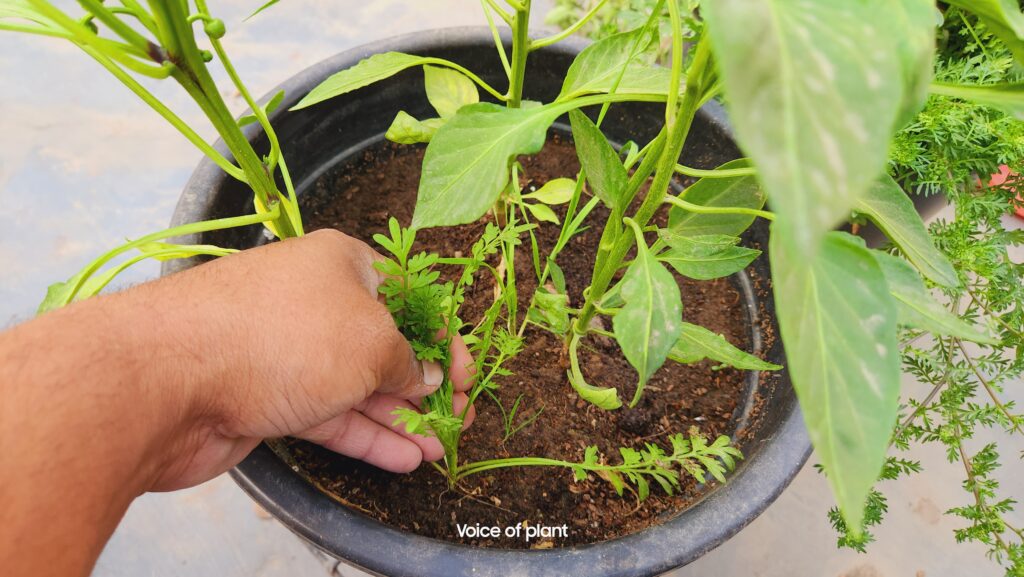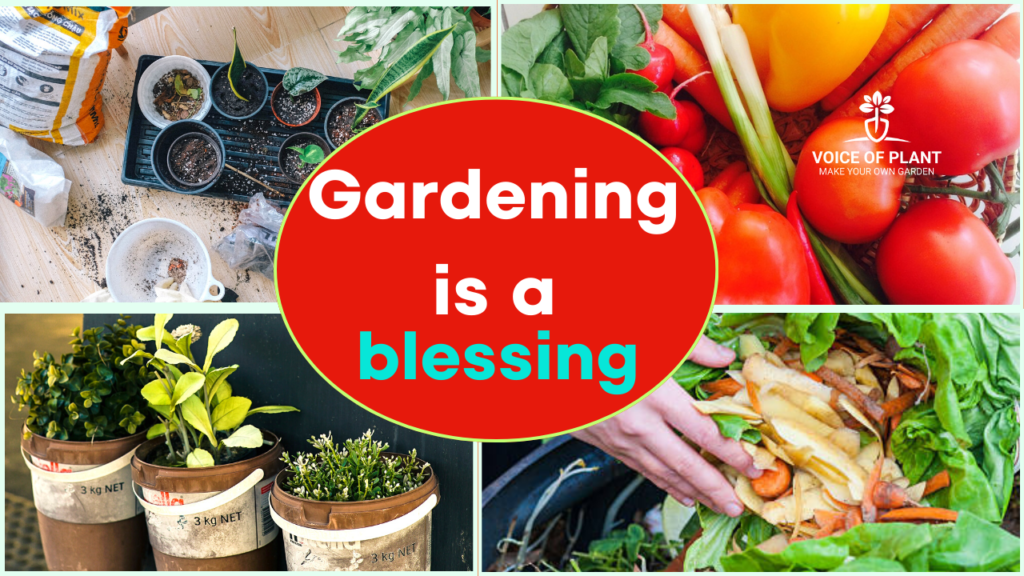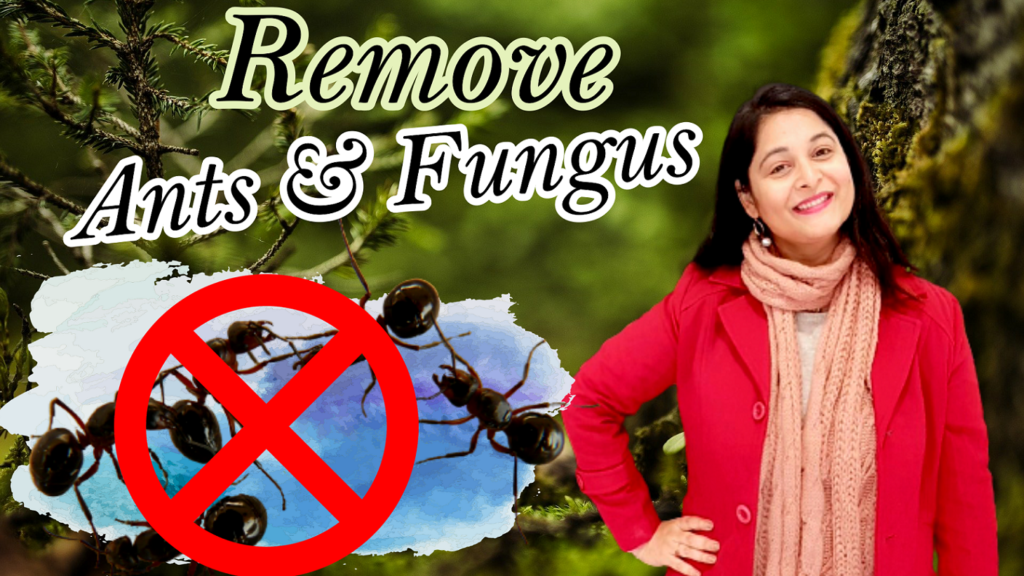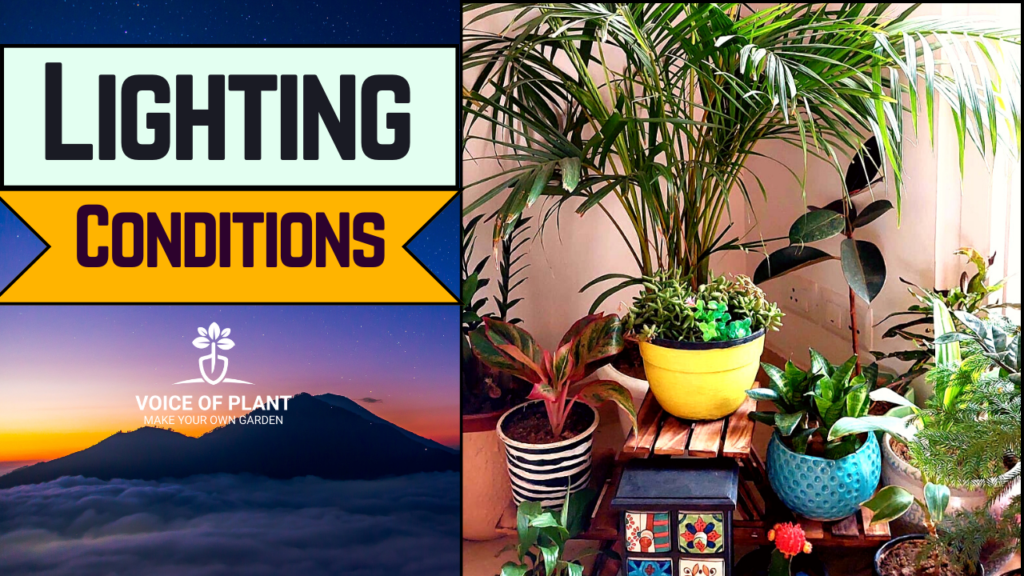Weeds are like annoying guests in our gardens and fields. They mess up the soil and stop our plants from growing well. It is super important to kick them out so our soil stays healthy and our plants can thrive.
Before we talk about why it’s important to get rid of weeds from soil, let’s first understand
- what weeds are and
- why keeping soil healthy is super important in gardening.
What are Weeds?

The definition of a weed is generally understood as unwanted plants that grow without being cultivated and can harm nearby plants, thus they are termed as weeds.
- They absorb nutrients, sunlight, and water from the soil, which hampers the growth of main plants.
Why keeping soil healthy is super important in gardening
Maintaining soil health is essential for successful gardening, as it directly impacts plant growth, productivity, and resilience to environmental stresses.

Negative Effects of Weeds on Soil health
Weeds can have several detrimental effects on soil health:
1. Suck nutrients of soil
Weeds compete with desirable plants for essential nutrients present in the soil, leading to stunted growth and reduced crop yield.
2. Block sunlight
The dense foliage of weeds can shade out crops, reducing the amount of sunlight available for photosynthesis and inhibiting their growth.
3. Impact on Soil Moisture
Weeds can extract large amounts of water from the soil, leaving less moisture available for cultivated plants and leading to drought stress.
Benefits of Removing Weeds from Soil
Removing weeds from soil offers numerous benefits:
1. It improves plant growth
By removing weeds from the soil, it improves plant growth by reducing competition for nutrients, sunlight, and water, allowing cultivated plants to thrive and produce higher yields.

2. Prevention of Pest and Disease Spread
Weeds can harbor pests and diseases that can spread to nearby plants.
- Removing weeds reduces the risk of infestations and infections.
3. Enhanced Soil Structure

Weeds with deep taproots can break up compacted soil, improving aeration and water infiltration.
- Removing weeds promotes better soil structure and drainage.
Methods of Weed Removal
Various methods can be implemented to remove weeds from soil:
1. Tilling of the Soil

Tilling the soil regularly helps in removing weeds from the soil.
- Tilling the soil regularly is an effective method for weed control as it disrupts the growth of weeds by uprooting them from the soil.
- This process not only physically removes existing weeds but also disturbs their seeds, preventing them from germinating and further infesting the area.
2. Hand Weeding

Manual removal, like hand weeding, involves physically pulling or uprooting weeds from the soil by hand or using hand tools.
- Manual removal allows for precise targeting of weeds, ensuring that only unwanted plants are removed without harming desired vegetation. This method is particularly useful in gardens or fields with mixed plantings where selective weed control is necessary.
3. Mulching
Mulching with organic materials like compost or shredded leaves not only suppress weed growth but also improve soil fertility and structure as they decompose.
Preventing Weed Growth
Preventing weeds from establishing in the first place is key to maintaining weed-free soil:
1. Regular Monitoring
Regularly inspecting the garden or field for weeds allows for early detection and intervention before weed populations become established.
2. Proper Watering and Fertilization
Maintaining optimal soil moisture and nutrient levels for cultivated plants can help them outcompete weeds and reduce weed pressure.
Conclusion
In conclusion, the importance of removing weeds from soil cannot be overstated.
- Weeds compete with desirable plants for resources, hinder crop growth, and degrade soil health. Employing effective weed control methods, whether through manual labor and organic practices, is essential for maintaining soil fertility, promoting sustainable agriculture, and ensuring food security.
Thanks
Make Your Garden!






